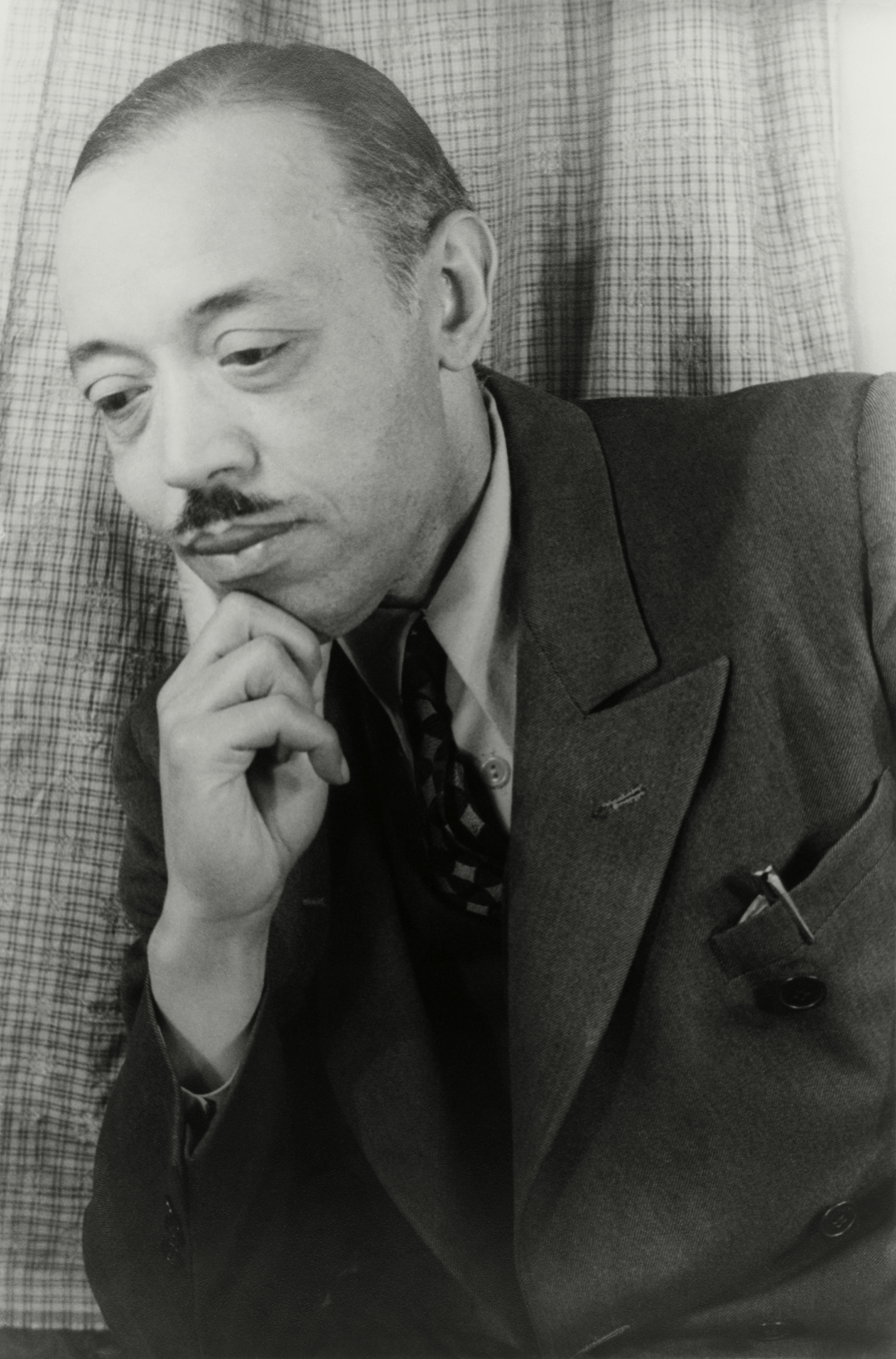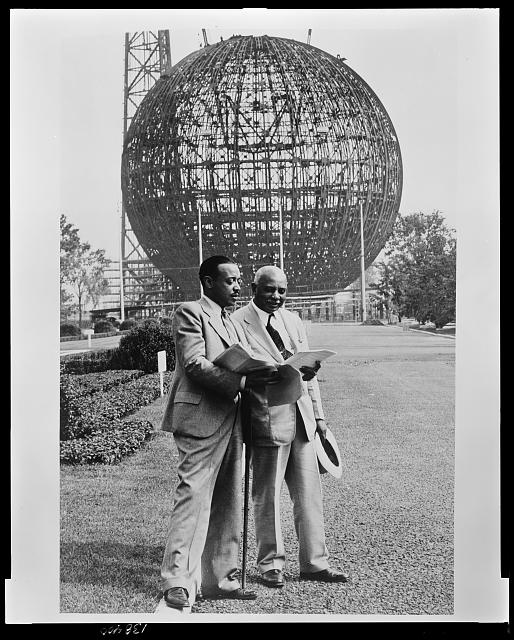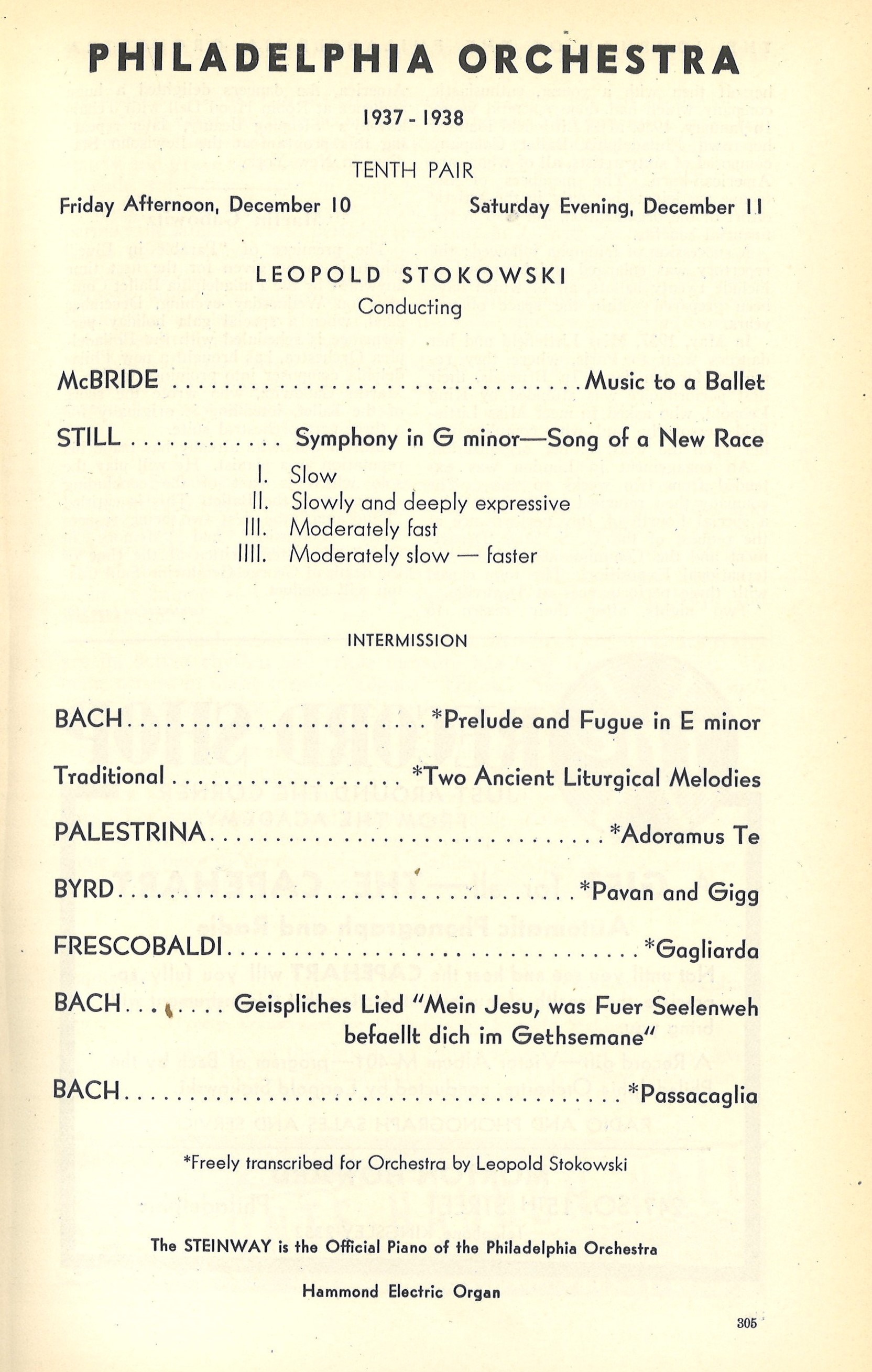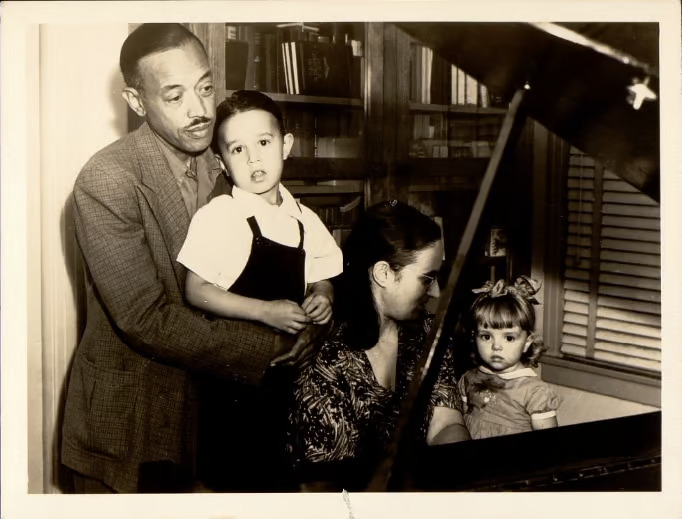Yannick and The Philadelphia Orchestra continue their exploration of works by underrepresented composers with Still’s Fourth Symphony
Concertgoers today know William Grant Still chiefly through his Symphony No. 1 (“Afro-American”), which to date is the most frequently performed American classical work by a Black composer. Yet that work—written in the early years of Still’s career as a symphonist and introduced by Howard Hanson and the Rochester Philharmonic in 1931—was just the first of five compositions in this form, and one of dozens of major orchestral works that the prolific Mississippi-born composer would produce over a career spanning 50 years.

William Grant Still
Though it provides a sense of the superb craftsmanship and originality that Still had achieved in early maturity, the “Afro-American” Symphony offers but a glimpse of the rich promise that would be fulfilled in a huge output—some 200 works, many of them lost—that musicians have only recently begun to explore in earnest.
No less a new-music devotee than Leopold Stokowski declared, when programming the world premiere of Still’s Symphony No. 2 (“Song of a New Race”) on Philadelphia Orchestra concerts in December 1937, that the Second was a considerable advance from the First. Stokowski and Hanson were among the handful of visionaries who viewed Still as a major musical figure of the era, and they continued to champion his music for many years. “He is one of our greatest American composers,” Stokowski said.
Still is known for numerous “firsts.” He was the first Black composer to have a symphony performed by a leading orchestra (the “Afro-American”), the first to have an opera produced by a major company (Troubled Island, with a libretto mostly by Langston Hughes, performed in 1949 by the fledgling New York City Opera), and the first to have an opera on television (A Bayou Legend, in 1981). He was also the first Black conductor to lead a major orchestra (the Los Angeles Philharmonic, in 1936, at the Hollywood Bowl), and perhaps just as notable, the first to conduct an orchestra in the Deep South (the New Orleans Philharmonic, in 1955).
Still’s gifts were wide-ranging, but his standing as one of the great arrangers of his era should not be ignored. Early in his career, he performed with, and provided arrangements for, blues great W.C. Handy in Memphis; later, in New York, he worked with artists such as Artie Shaw and Sophie Tucker, and he eventually replaced Fletch Henderson as recording director at Black Swan Records. He also performed extensively in pit orchestras for Broadway musicals such as Eubie Blake’s Shuffle Along. In 1929 he was hired by Paul Whiteman to arrange for his celebrated orchestra.

William Grant Still (left) and W.C. Handy look at Still’s commissioned score, Rising Tide, the official theme of the 1939 World’s Fair in New York. It was played continuously inside the Perisphere, under construction in this photo.
Moving to Los Angeles (where Arnold Schoenberg had settled in 1934, and Igor Stravinsky would arrive in 1941), Still worked as a composer and arranger for such films as Pennies from Heaven (uncredited) and Lost Horizon (alongside Dimitri Tiomkin) and composed for radio programs such as Whiteman’s Old Gold Show and Willard Robison’s Deep River Hour. The latter was equipped with a full professional symphony orchestra: Still called it “the most remarkable opportunity that I’d ever had. … We had a very worthwhile orchestra: splendid musicians! And I had a chance to experiment.”
His mother, literary-minded schoolteacher Carrie Fambro Still, had always pushed him to excel. “I had to be high school valedictorian because my mother made up her mind that I must be, and she made me study,” said Still, who grew up mostly in Little Rock, Arkansas. “She constantly impressed me with the thought that I should achieve something worthwhile in life.”
His father, William Grant Still, Sr., a teacher and bandleader, died possibly of malaria when infant “Billy” was just months old. From his maternal grandmother, Anne Fambro, he learned the strict principles of Christian faith. Carrie’s second husband, Charles Shepperson, would later bring home (RCA) Red Seal opera recordings and encouraged his stepson to take up the violin. (Still would eventually also learn to play cello, oboe, clarinet, and saxophone.)
Blessed with brilliant intellect, Still enrolled at Wilberforce College at the age of 16, and as it offered no music degree, he joined the glee club, formed a string quartet, and began composing and programming his own music. In 1916 he enrolled at Oberlin College and studied with George Whitfield Andrews. Later, in Boston, he took composition lessons from George Chadwick, legendary director of the New England Conservatory.

The program from the world premiere of Still’s Symphony No. 2 (“Song of a New Race”), given by Leopold Stokowski and The Philadelphia Orchestra.
In New York, Still met French composer Edgard Varèse, who taught him further and helped open doors—placing Still’s works on concerts of the International Composers Guild, where they drew acclaim. From the Land of Dreams (1924) was designed to meld Still’s own lyrical style with the more foreboding idioms that Varèse represented, and Levee Land (1925) featured bluesy soprano melodies set to a complex accompaniment.
Ultimately, though, Still would favor a more straightforward harmonic and melodic style, rooted in melodies that felt natural to American song. He had gained a fresh appreciation of the blues during his time with Handy. Blues were still considered “brothel music” by many, he said, “but in the South, where I had gone around and listened to them at their source … I felt that they represented the yearning of people who were reaching out for something that they’d been denied. … And I wanted to dignify it through using it in major symphonic composition.”
Still experienced his share of racism, as he sought to maintain a complex balance between his role as a pioneering Black American and the annoying expectations that his music should always be imbued with Spirituals or the blues. “He approached the craft of composition not as a representative of a race but as a composer who dealt with the same 20th-century challenges of modernism and accessibility that Aaron Copland, Roy Harris, and Howard Hanson faced,” scholar/conductor Leon Botstein has written. “Still was an American composer who was inspired, after studying with Varèse, not to follow a European trajectory toward a more experimental and avant-garde modernism … but to create something distinctly American.”
His devotion to an individualistic musical voice led to some lean years. In her volume of essays, Judith Anne Still, the composer’s daughter, describes a revealing moment in her father’s early life: “Poverty stalked him as he struggled to support a family by making arrangements of popular songs. Lying alone one night on his thin-blanketed bed in Harlem, he felt compelled to make a decision: He determined that he would write the kind of music that he wanted to write, regardless of hardship. Further, he made a commitment to dedicate all of his future work to the glory of God, praying earnestly for His aid in every endeavor. The instant that prayer was uttered, he felt as if a Presence came into the doorway, gave him assurances.”

Still with his second wife, Verna Arvey, and their two daughters.
Still’s output includes nine operas (most on librettos by his second wife, Verna Arvey), five symphonies, dozens of orchestral and choral works, and chamber and solo-vocal music. Some of his titles demonstrate a desire to represent the Black experience: Lenox Avenue; And They Lynched Him on a Tree; In Memoriam (The Colored Soldiers Who Died for Democracy).
But Still composed for all Americans, and his five symphonies trace a line that underscores that commitment. If the First Symphony represented “the Negro of days not far removed from the Civil War,” as he wrote, the Second depicted “the American colored man of today, in so many instances a totally new individual produced through the fusion of White, Indian and Negro bloods.” The Third (“The Sunday Symphony”) envisions a day in the life of a devout worshipper, while the Fourth—which receives its Philadelphia Orchestra premiere October 6–8—“is subtitled ‘Autochthonous’ to explain that the music has its roots in our own soil,” Still writes, “and portrays—in a sense—the spirit of the American people.” The Fifth (“Western Hemisphere”) broadened this vision, “celebrating the rich human and natural resources of all of the Americas,” as the composer writes.
During his last years, Still enjoyed the fruits of a productive life, with a series of honorary degrees, performances and recordings, and celebrations such as the two-day festival at the New England Conservatory marking his 75th birthday. “He who develops his God-given gifts with a view to aiding humanity, manifests truth,” he had written in the score to his First Symphony. This remained his goal, and it would seem now that the world is finally ready to listen to that truth.
Paul J. Horsley is performing arts editor for The Independent in Kansas City. Previously he was music and dance critic for the Kansas City Star and program annotator and musicologist for The Philadelphia Orchestra.